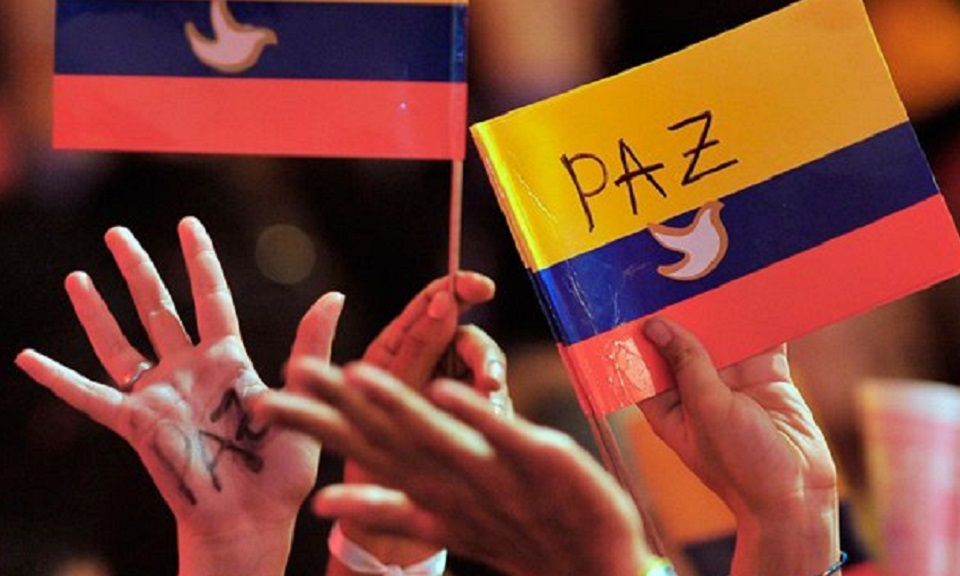From when the liberal guerrillas of the Eastern Plains were pardoned in 1953, to the amnesty laws and pardons of 1982 and 1985, to the peace processes in the 90s (M-19, the EPL, the Partido Revolucionario de los Trabajadores and the Movimiento Armado “Quintín Lame”), Colombia has sought to extinguish the fire driven top-down approaches, meant to be inclusive and focused on reintegration rather than reinstatement, in the full sense of the term.
More than two years ago, the possibility of a negotiated solution to the conflict was contemplated. At first glance, this initiative was consistent with the will of the majority of Colombians from a theological point of view, where the ultimate goal is a lasting peace. However, insofar as the peace process progresses, in the midst of attacks by both sides, the trend of using dialogue rather than military force has been decreasing.
The analysis of the process and what comes after the agreement is important for both Colombians and the international community to reflect upon. In that sense, and due to the relevance of the issue, we invited Ernesto Borda, one of the most renowned experts on contemporary Colombian history, to share the post-conflict challenges he anticipates.
María Carolina Cortés, director for New Business Andean region at LLORENTE & CUENCA



